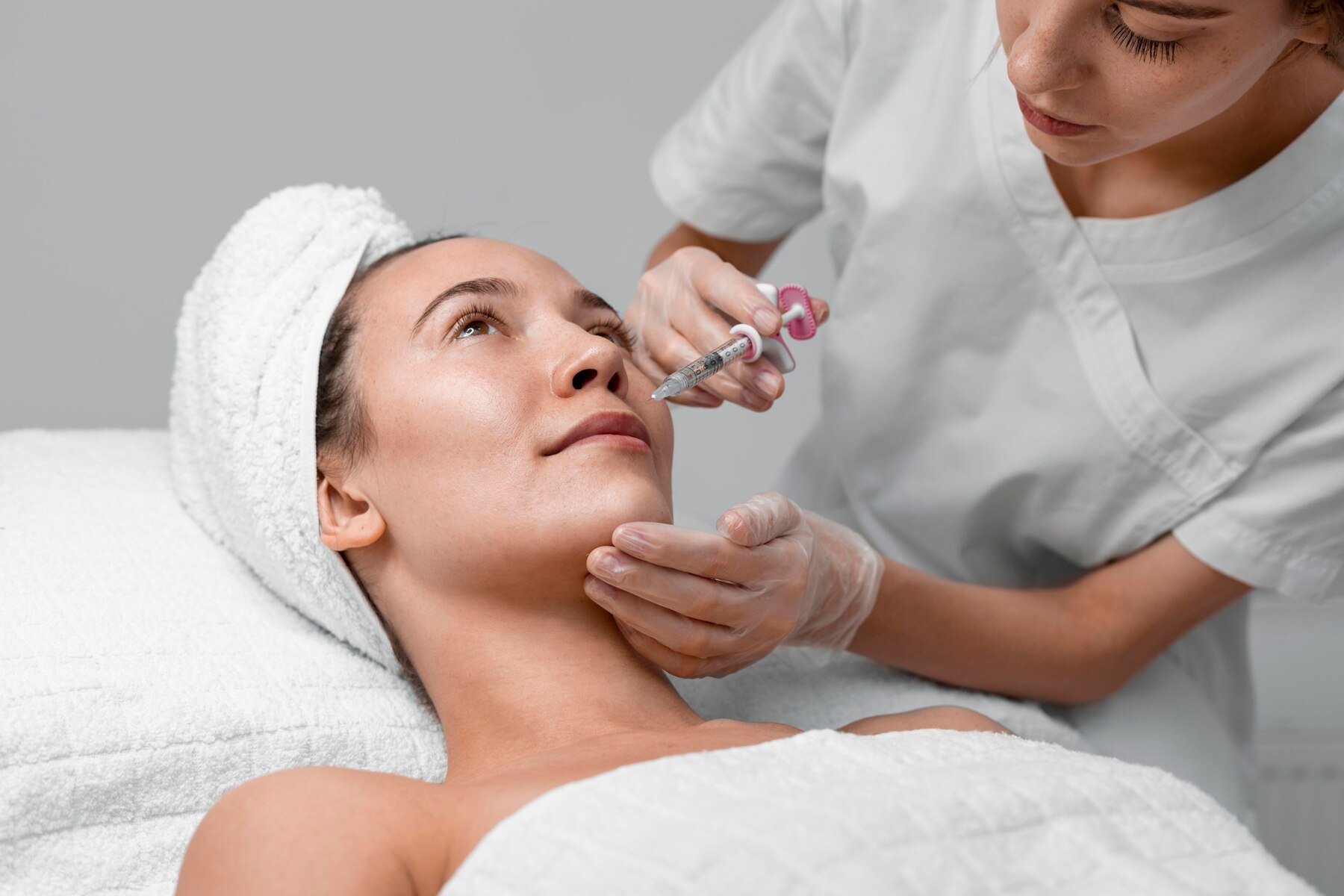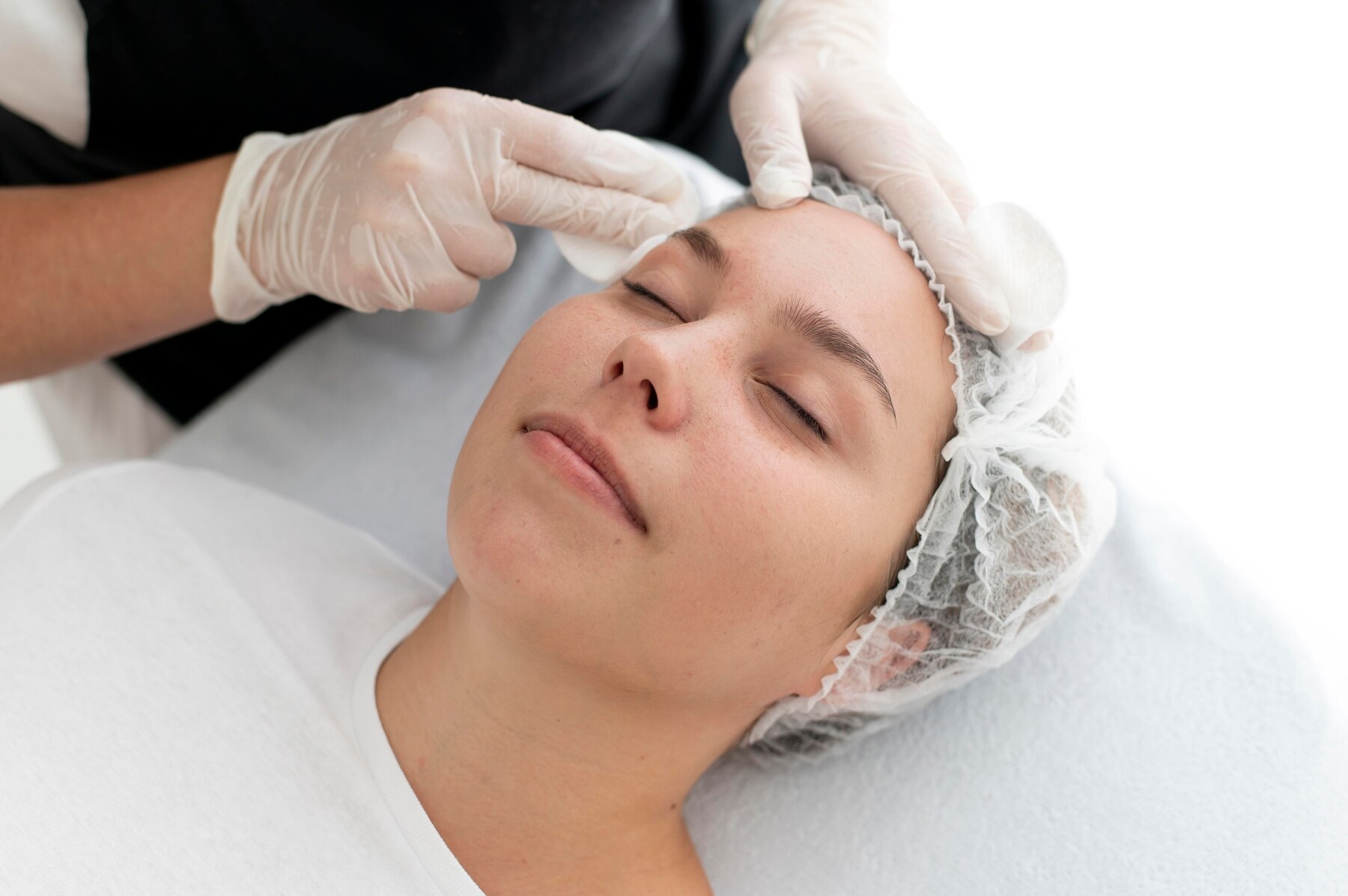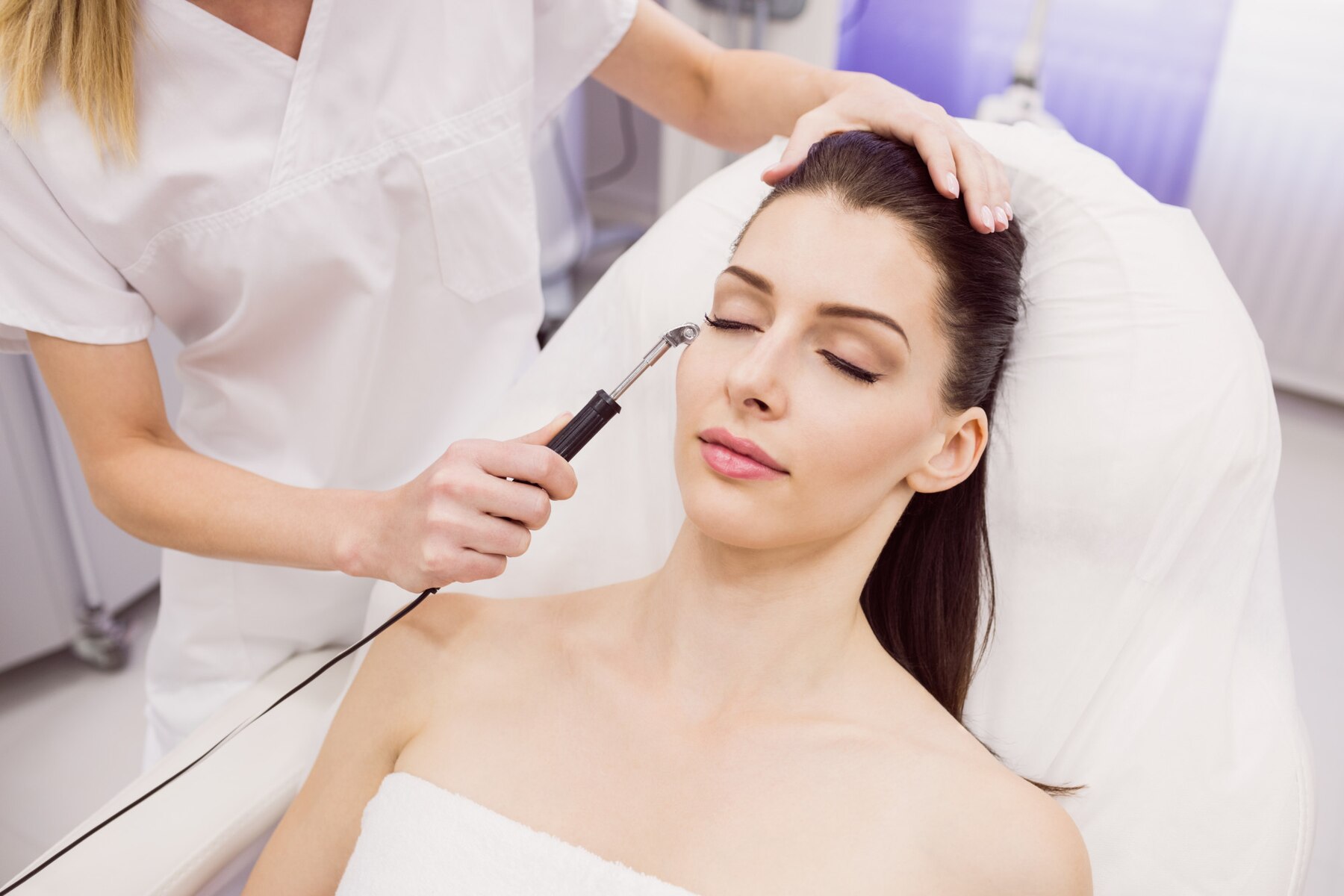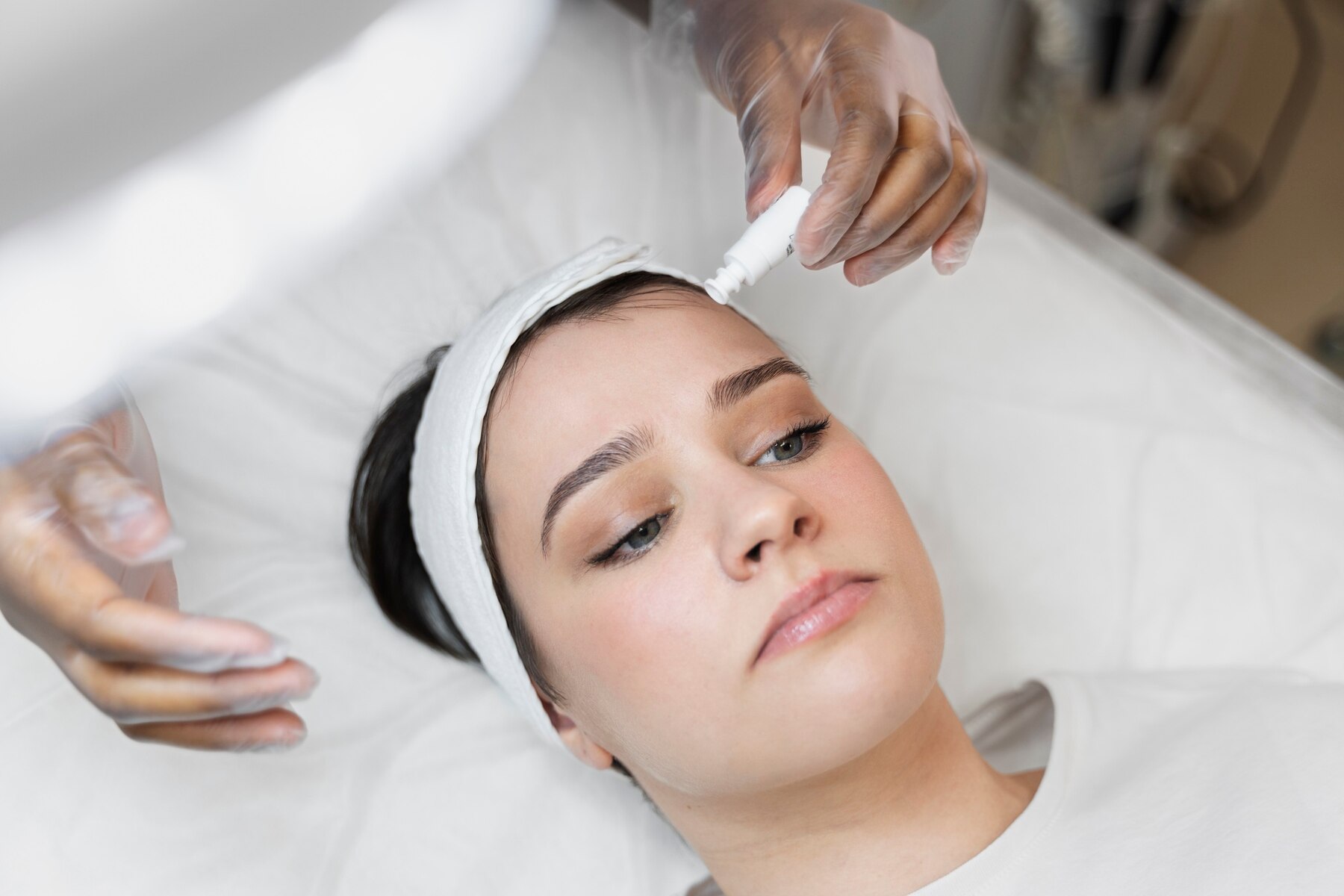-

1
Topical Treatments
Over-the-counter or prescription topical treatments containing ingredients such as retinoids,
alpha hydroxy acids (AHAs), beta hydroxy acids (BHAs), or vitamin C can help improve the texture
and appearance of acne scars by promoting skin renewal and collagen production.
-

2
Chemical Peels
Chemical peels involve applying a solution to the skin to exfoliate dead skin cells and
stimulate collagen production, resulting in smoother, more even skin texture. Different types of
peels, such as glycolic acid, salicylic acid, or trichloroacetic acid (TCA), may be used
depending on the severity of the scars.
-

3
Microneedling
Microneedling, also known as collagen induction therapy, involves using a device with fine
needles to create micro-injuries in the skin, stimulating collagen production and improving the
appearance of acne scars. This treatment can be combined with topical serums or platelet-rich
plasma (PRP) for enhanced results.
-

4
Laser Therapy
Laser treatments, such as fractional laser therapy or intense pulsed light (IPL) therapy, target
the deeper layers of the skin to stimulate collagen production and promote scar remodeling.
These treatments can help reduce the appearance of acne scars and improve overall skin texture.
-

5
Dermal Fillers
Injectable dermal fillers, such as hyaluronic acid or collagen, can be used to fill in depressed
acne scars, providing immediate volume and smoothing out the skin's surface.
-

6
Microneedling with Radiofrequency (RF)
RF microneedling combines microneedling with radiofrequency energy to deliver heat deep into the
skin, stimulating collagen production and improving the appearance of acne scars, as well as
tightening the skin.